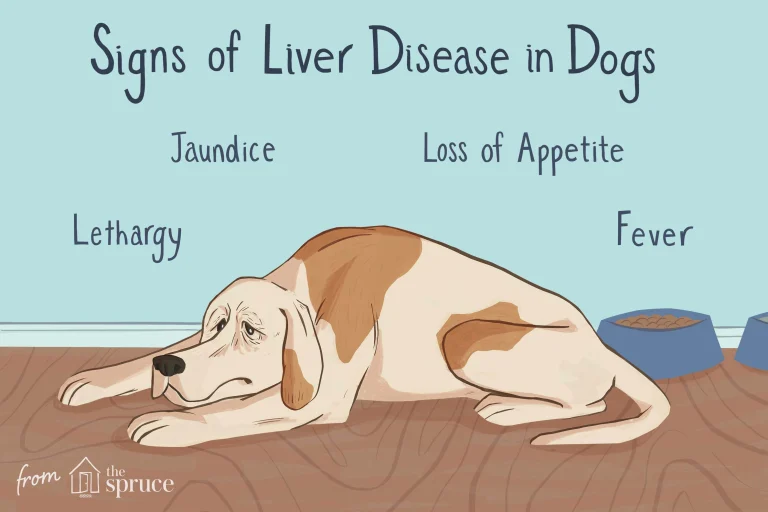Old Dog Seizures: Understanding and Managing Seizure Disorders in Senior Dogs
Introduction: The Growing Concern of Seizures in Aging Dogs
As our beloved canine companions grow older, they may face various health challenges, one of which is seizures. Witnessing our loyal companions experiencing seizures can be distressing and confusing. In this article, we will delve into the world of old dog seizures, shedding light on their causes, symptoms, diagnosis, treatment options, and ways to support senior dogs living with seizure disorders.
What Are Seizures and How Do They Manifest?
Seizures are abnormal electrical activities in the brain that result in sudden, involuntary movements or behaviors. They can manifest in various forms, such as convulsions, muscle twitches, staring episodes, or loss of consciousness. Seizures in older dogs can be classified into two main types: grand mal seizures and focal seizures.
Causes of Seizures in Older Dogs
- Idiopathic Epilepsy: Idiopathic epilepsy refers to seizures with no identifiable cause and is commonly seen in older dogs. It is believed to have a genetic predisposition and can be managed with appropriate treatment.
- Brain Tumors: Brain tumors can occur in senior dogs, leading to seizure activity. The growth of tumors disrupts normal brain function and triggers seizures. Early detection and intervention are crucial in such cases.
- Metabolic Disorders: Certain metabolic disorders, such as liver or kidney dysfunction, can affect the brain’s electrical activity, resulting in seizures. Proper management of these underlying conditions is essential for seizure control.
- Organ Dysfunction: Dysfunction of organs, including the liver or kidneys, can lead to imbalances in electrolytes and toxins in the body, contributing to seizures in older dogs.
Recognizing the Symptoms of Seizures in Older Dogs
- Grand Mal Seizures: Grand mal seizures involve generalized convulsions, loss of consciousness, uncontrolled muscle contractions, and possible loss of bladder or bowel control. They can be frightening to witness but are typically short-lived.
- Focal Seizures: Focal seizures, also known as partial seizures, affect specific areas of the brain. They may manifest as repetitive movements, abnormal behaviors, or localized muscle twitches. Focal seizures can progress to grand mal seizures in some cases.
Diagnostic Process for Seizure Disorders
To determine the cause of seizures in older dogs, veterinarians follow a comprehensive diagnostic process:
- Veterinary Examination and History: A thorough physical examination and detailed history-taking help veterinarians identify potential triggers or underlying health conditions contributing to the seizures.
- Blood Tests and Imaging: Blood tests and imaging, such as X-rays or MRI scans, are performed to assess organ function, rule out metabolic disorders, and detect abnormalities in the brain.
- Electroencephalogram (EEG): An EEG is a non-invasive test that records the electrical activity of the brain. It helps determine the type and severity of the seizures and can assist in diagnosing epileptic conditions.
Treatment Options for Old Dog Seizures
- Medications: Veterinarians may prescribe anti-seizure medications, such as phenobarbital or potassium bromide, to manage seizure activity. Medication dosage and frequency will be determined based on the individual dog’s needs.
- Dietary Changes: Certain dietary modifications, such as switching to a low-carbohydrate or ketogenic diet, have shown benefits in reducing seizure frequency and severity in some dogs.
- Environmental Modifications: Creating a calm and stress-free environment for dogs with seizure disorders can help minimize triggers and reduce the occurrence of seizures.
Seizure Management and First Aid
- Creating a Safe Environment: Ensuring the safety of a dog experiencing a seizure is paramount. Clearing the immediate surroundings of potential hazards and providing a soft surface for the dog to lie on can help prevent injuries.
- Seizure First Aid: During a seizure, it is crucial to remain calm and avoid restraining the dog. Keep track of the seizure duration and contact a veterinarian if the seizure lasts longer than a few minutes or if multiple seizures occur within a short period.
Monitoring and Preventive Measures
- Regular Vet Check-ups: Regular veterinary check-ups are essential to monitor the dog’s overall health, adjust medication dosages if needed, and address any new or changing symptoms.
- Medication Adherence: Consistently administering prescribed medications and following the veterinarian’s instructions is crucial for seizure control in older dogs.
- Lifestyle Modifications: Maintaining a consistent routine, reducing stressors, and providing mental and physical stimulation can contribute to overall well-being and seizure management in senior dogs.
Lifestyle Support for Senior Dogs with Seizures
- Proper Nutrition: Providing a balanced and appropriate diet can support the overall health of senior dogs, including those with seizure disorders. Consult with a veterinarian to determine the most suitable dietary plan.
- Physical and Mental Stimulation: Regular exercise and engaging activities help keep senior dogs mentally stimulated and physically active, which can positively impact their overall health and well-being.
- Emotional Support: Offering love, comfort, and reassurance to dogs experiencing seizures is crucial. Providing a safe and nurturing environment can help them navigate the challenges associated with their condition.
Holistic Approaches and Complementary Therapies
In addition to conventional treatments, some pet owners explore holistic approaches and complementary therapies to support their senior dogs with seizure disorders. These may include acupuncture, herbal remedies, or alternative therapies like chiropractic care or aromatherapy. It is important to consult with a veterinarian before incorporating these approaches into the dog’s treatment plan.
The Emotional Toll on Pet Owners
Caring for a senior dog with seizure disorders can be emotionally challenging for pet owners. It is essential to seek support from veterinary professionals, online communities, or support groups to cope with the emotional stress and gather valuable insights from others who have experienced similar situations.
Conclusion
Old dog seizures are a complex and concerning issue that requires proper understanding, diagnosis, and management. By working closely with veterinarians, providing appropriate medical care, and creating a supportive environment, pet owners can improve the quality of life for their beloved senior dogs living with seizure disorders.







